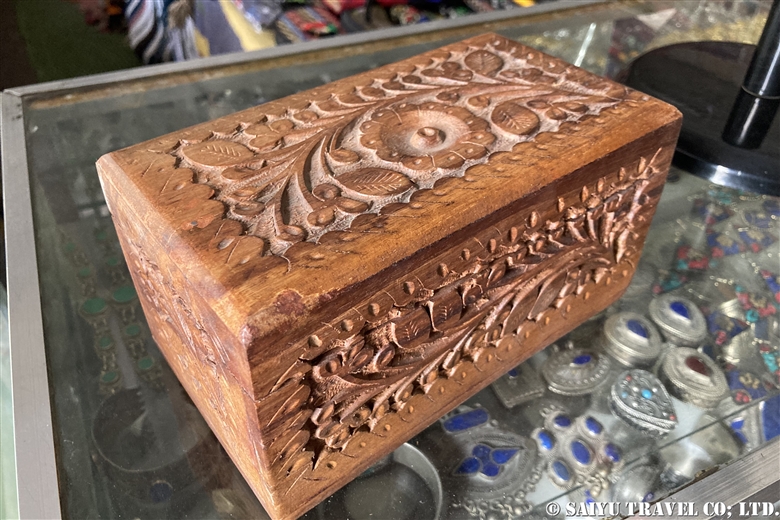
In late March, the Hunza Valley is blanketed in pale pink apricot blossoms. The fields are green with wheat sprouts. After the independence of India and Pakistan in 1947, the Hunza was ruled by a dynasty until 1974. The valley is inhabited by the people of Brusho, who speak Brushaski.

Hunza is touted as the “Shangri-la” and is known as the “Village of Longevity.” This beauty and the life of this village supported by fruit trees, may be the “secret of longevity” that it is famous for.
Burushaski, the language spoken by the people of Brusho, is an “isolated language” that has not been found to be associated with any other language. It is said that they are the descendants of language groups that existed in this area before the arrival of the Indo-Aryan people. Burushashki-speakers also live in the Hunza Valley, the Nagar Valley across the Hunza River, the Yasin Valley leading to the Wakhan Corridor, and the Ishkoman Valley.

This is a view of the center of Baltit village. In the past, large buildings were limited to the surrounding of the Baltit Fort, which was the castle of the feudal lord, and the Darbar Hotel, but now large buildings (hotels) are becoming more prominent.

Rakaposhi peak (7,788m) seen from Baltit Village. It is in a mountain in the Nagar Valley on the opposite bank of the Hunza River and is a famous peak that can be viewed from everywhere in Hunza.

Also Diran Peak (7,266m) as seen from Baltit Village.

I walked between Altit Village and Duiker Hill, where the flowering apricots bloom.

The apricots in full bloom. You can see just how important the apricot trees are in the lives of the villagers, the fruit, its seeds and the oil taken from the seeds.

Altit Village was covered with many apricot trees. You can meet the beautiful villagers while walking around the village. The people of Hunza are white in appearance and many of them have light hair.

I met such lovely children this day.

For lunch that day, we had local Hunza cuisine prepared at Amin’s house in Baltit Village.

Photographer Toshiki Nakanishi had just come to Hunza for a phototour, where he was taking pictures of the local cuisine as it was being made.

Here they were preparing Dowdo soup, a dish representative of Hunza.

They made such a delicious cheese chapatti (called Burus Sapik in Burushaski). Hunza cheese, mint, tomato, green onion, onion and fruit oil wrapped in wheat chapatti. It is very healthy, and it is recommended for vegetarians who come to Pakistan and have trouble finding things to eat.

Today’s lunch. Local cuisine with plenty of fruit oil and Hunza’s local wine are so wonderful.
Photo & text: Mariko SAWADA
Visit: March 2023, Hunza, Gilgit-Baltistan
*Contact us, Indus Caravan for more information or to make arrangements for visiting Hunza, Northan Pakistan.
*Please follow us on Youtube, Instagram & Facebook
Category : ◆ Gilgit-Baltistan > - Hunza ValleyTag : PakistanBlog , Hunza food , Cheese Chapati , Travel Pakistan , Burus Sapik , Hunza district , Dowdo , Karimabad , Homestay in Hunza , Gilgit-Baltistan , Pakistan Travel company , Apricot , Pakistan Blog , Pakistan tour operator , Pakistan Travel Blog , Pakistan Photography Tour , Indus Caravan , Apricot blossom , Hunza dish , Saiyu Travel Pakistan , Hunza cusine

























